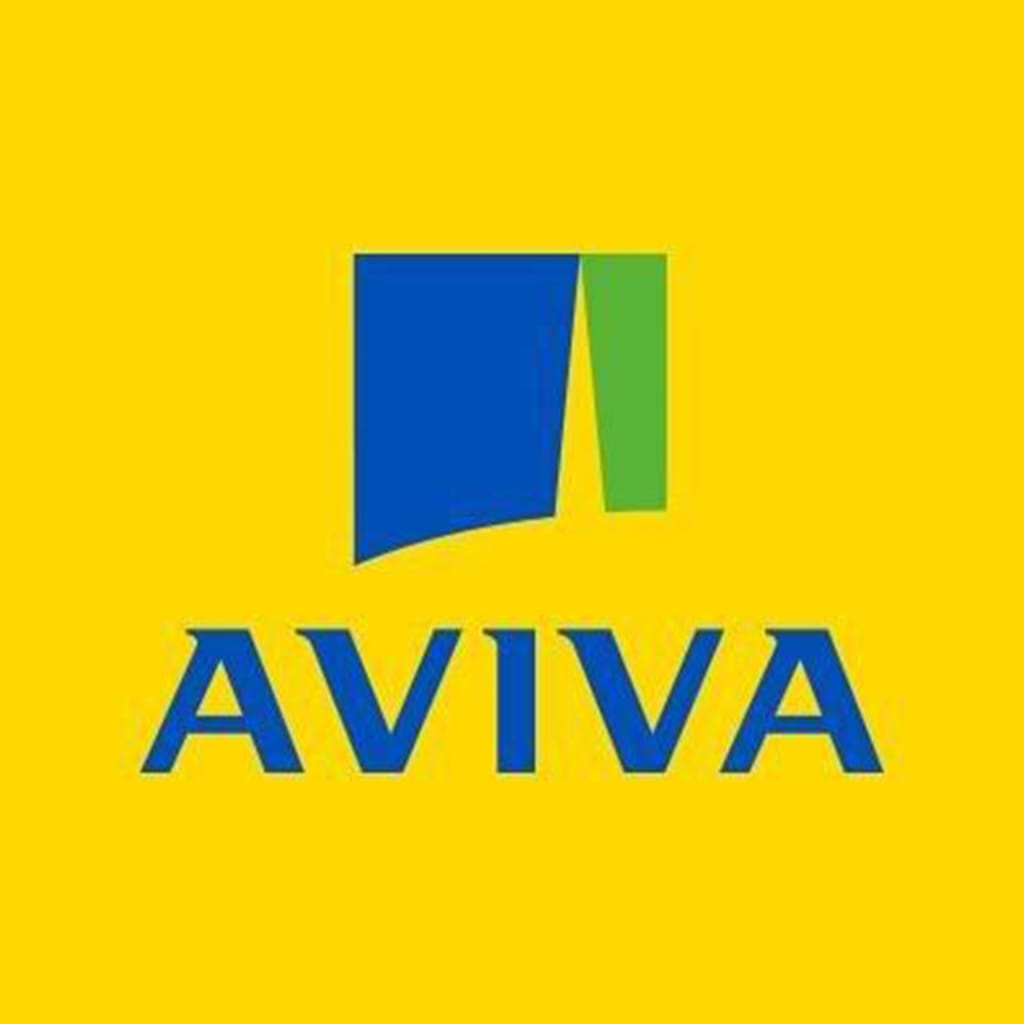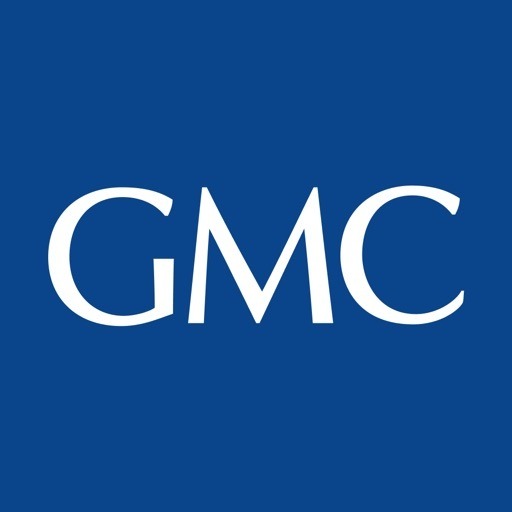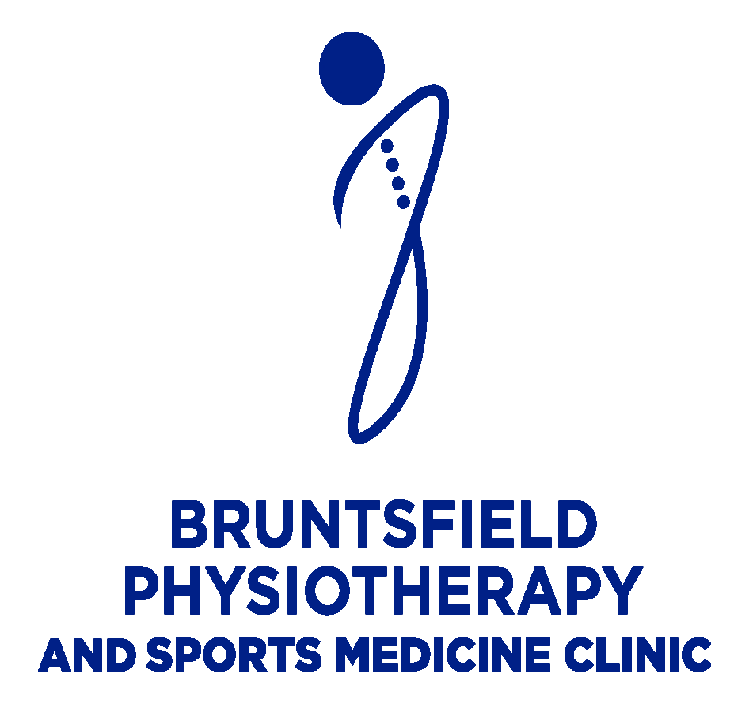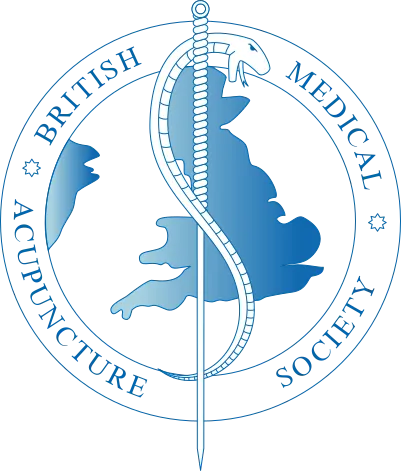Low back pain can have many different causes, and it’s important to determine the underlying cause in order to develop an effective treatment plan. Here are some of the most common causes of low back pain:
- Muscle Strain: This is one of the most common causes of low back pain. It can happen when the muscles in the back are overstretched or torn due to improper lifting, sudden movements, or poor posture.
- Disc Herniation: This occurs when the soft center of a spinal disc pushes through a crack in the tougher exterior. This can cause pressure on the nerves that run through the spinal column, resulting in low back pain and sometimes leg pain.
- Arthritis: Osteoarthritis and rheumatoid arthritis can both affect the spine and cause low back pain.
- Spinal Stenosis: This is a condition where the spaces within the spinal canal narrow, which can put pressure on the nerves that run through the spinal column, causing low back pain and sometimes leg pain.
- Sciatica: This is a condition where the sciatic nerve, which runs from the lower back down to the legs, is compressed or irritated. This can cause low back pain, as well as pain, numbness, and tingling in the legs.
- Other Causes: Other potential causes of low back pain include spinal fractures, infections, tumours, and inflammatory conditions.
If you’re experiencing low back pain, it’s important to see a healthcare professional (such as a physiotherapist) who can help diagnose the underlying cause and develop an appropriate treatment plan.
What can we do to help?
The treatment for back pain will depend on the underlying cause and severity of the pain. However, here are some general treatments that may help relieve back pain:
- Heat or Ice: Applying heat or ice to the affected area can help relieve pain and reduce inflammation. Ice is generally recommended for the first 48 to 72 hours after an injury, while heat can be used after that to relax muscles and improve blood flow.
- Pain Medications: Over-the-counter pain medications can help reduce pain and inflammation (you should discuss this with your pharmacist or GP).
- Physiotherapy: We will assess your injury and develop an exercise plan to strengthen the muscles in the back and improve flexibility. We will also use manual therapy techniques such as joint mobilisation, massage and stretching to alleviate the pain, as well as giving you advice on posture, prevention and lifestyle modification.
It’s important to note that treatments are not one-size-fits-all, and the most effective approach will depend your specific needs and the underlying cause of your back pain. We can help develop a personalized treatment plan that is right for you.
Will I need Surgery?
Surgery is usually a last resort for back pain and is only recommended if conservative treatments have failed and the pain is severely impacting the individual’s quality of life.
